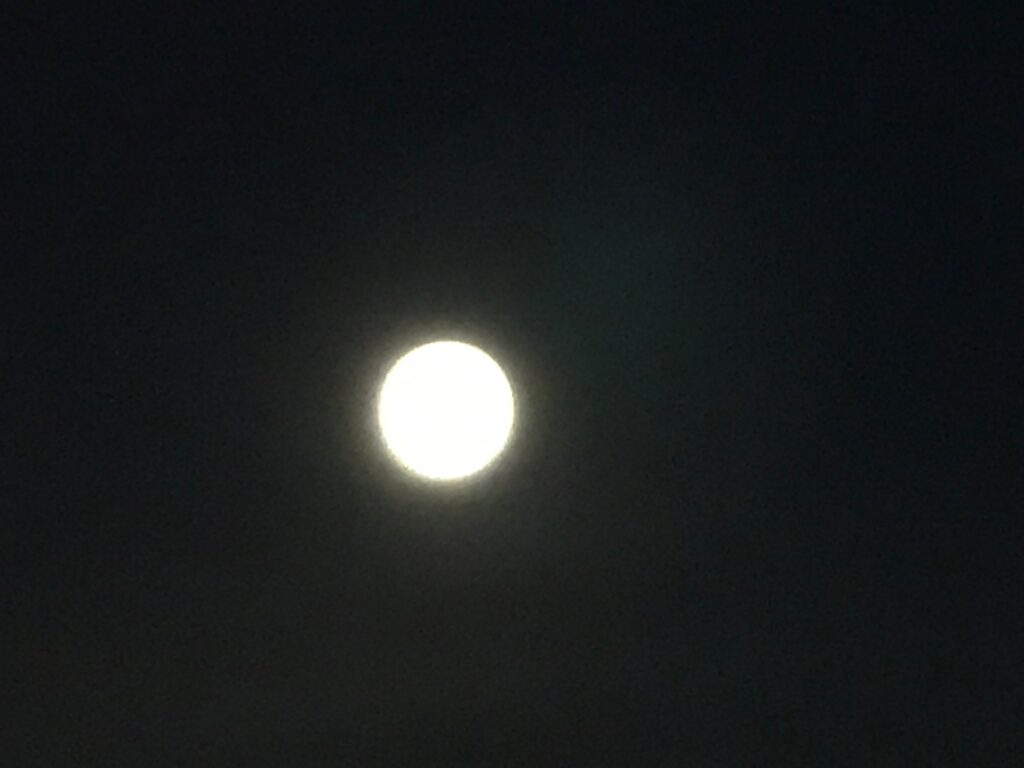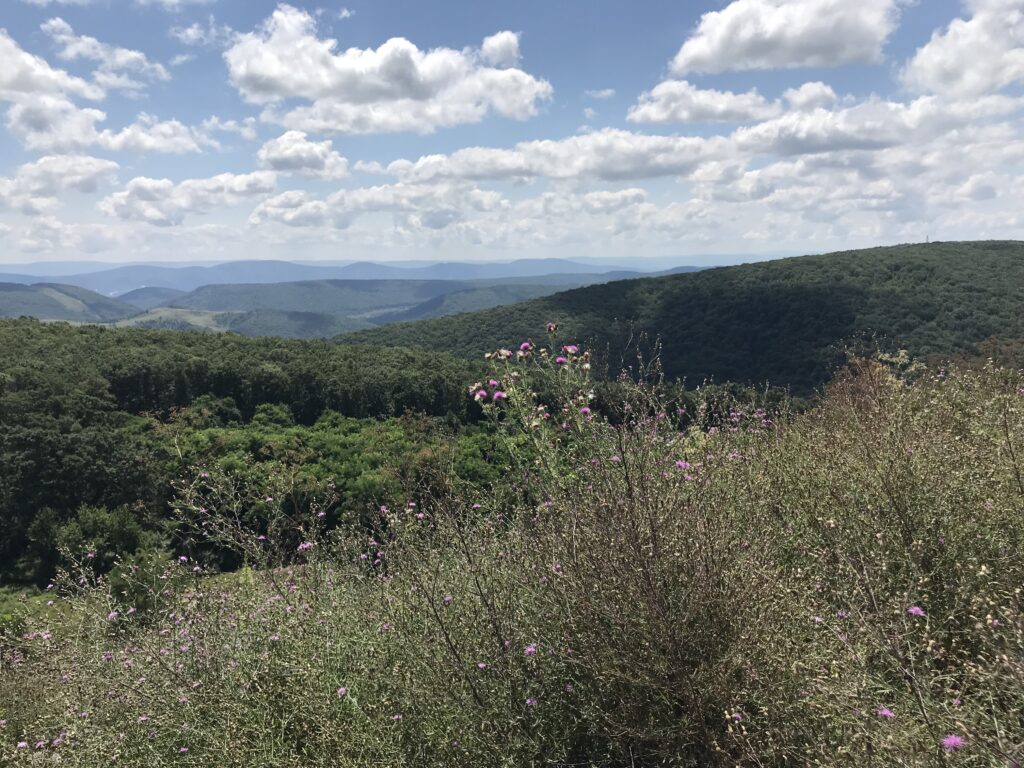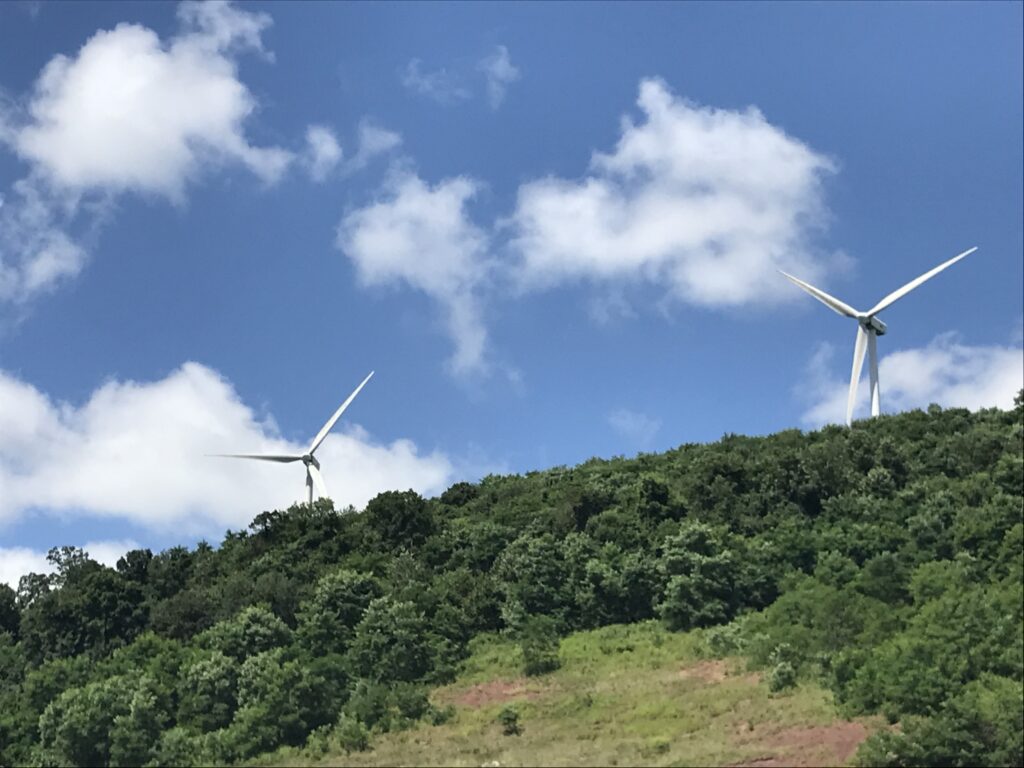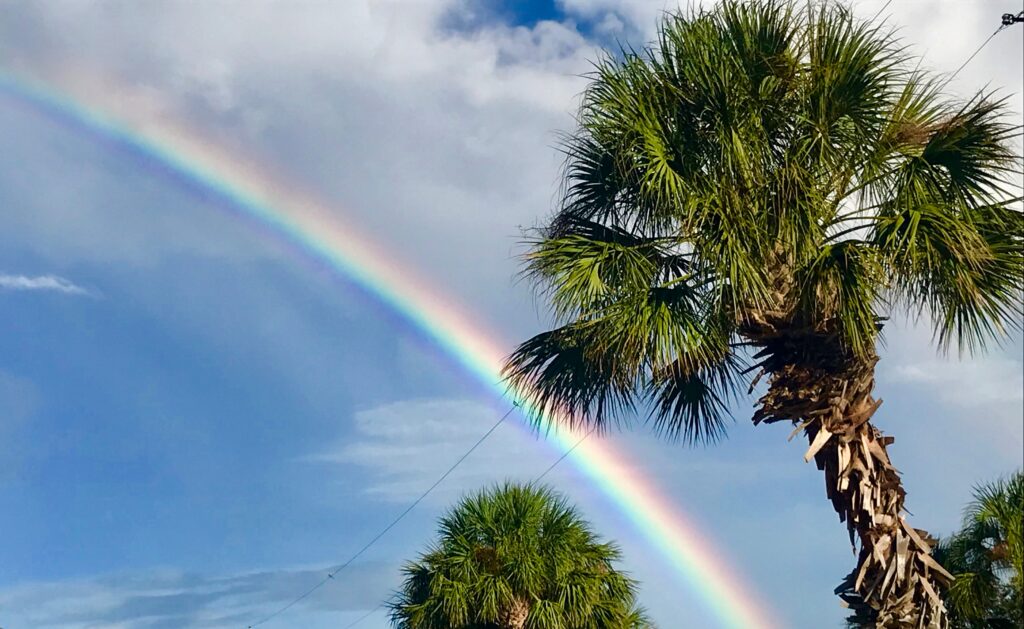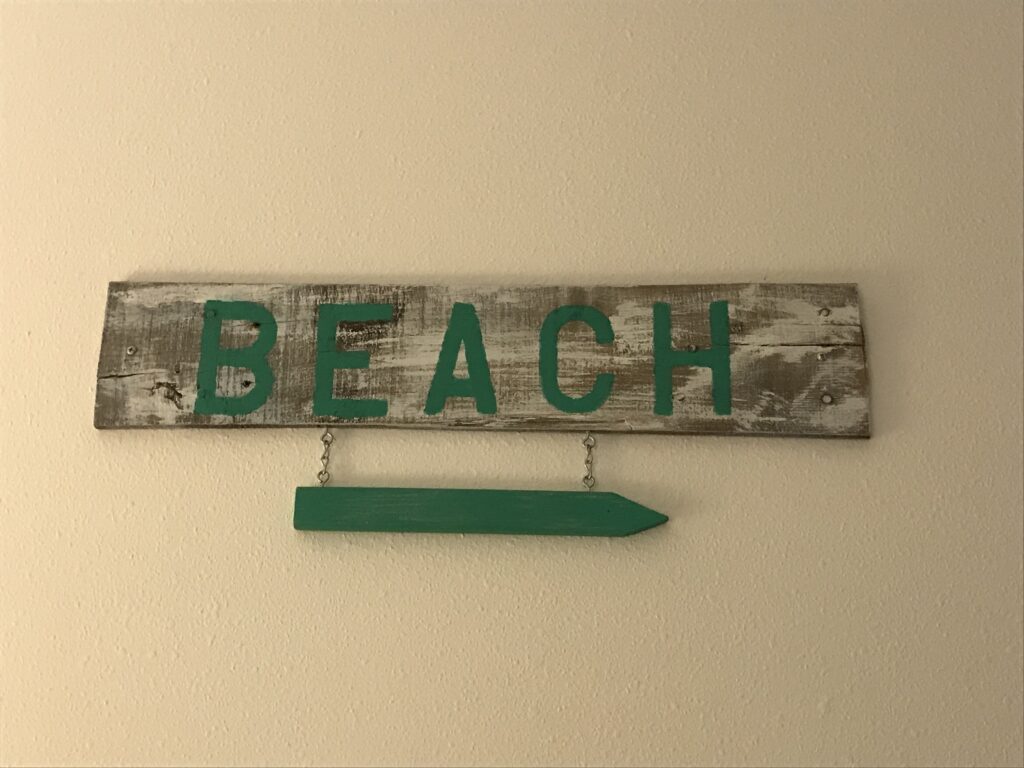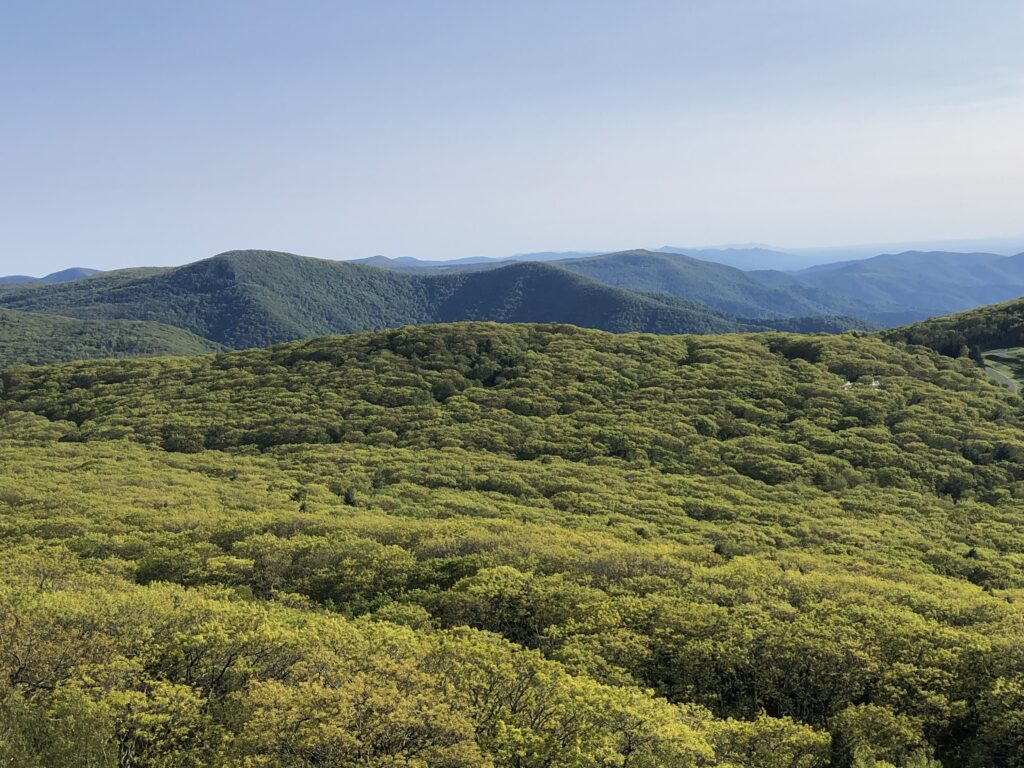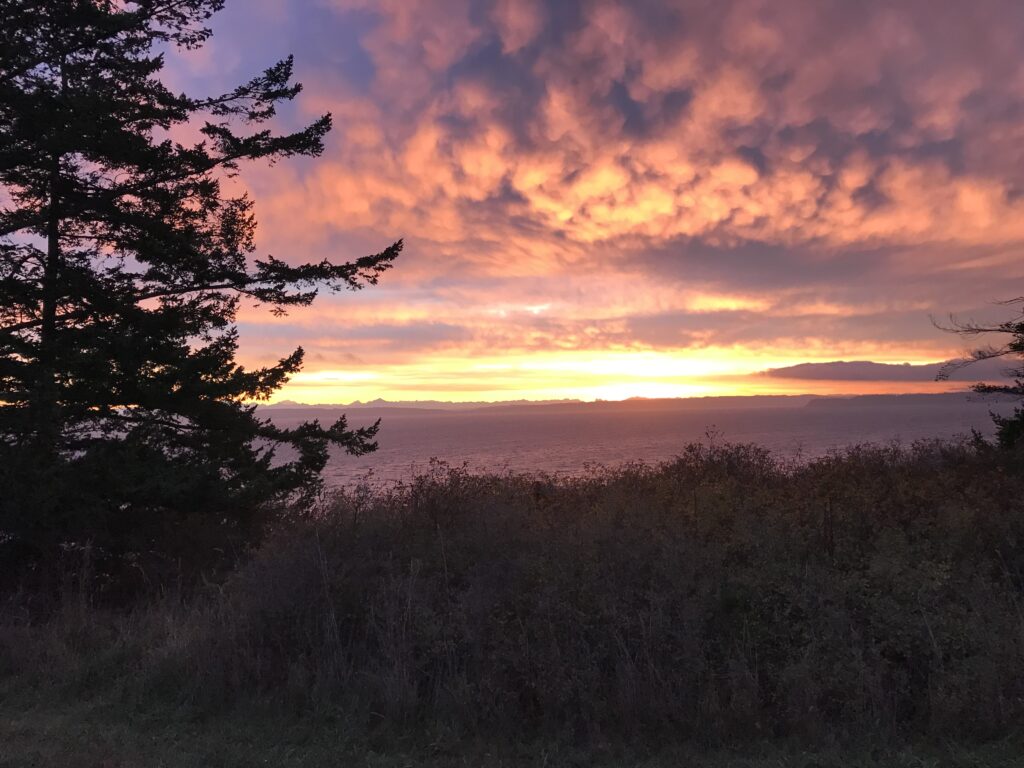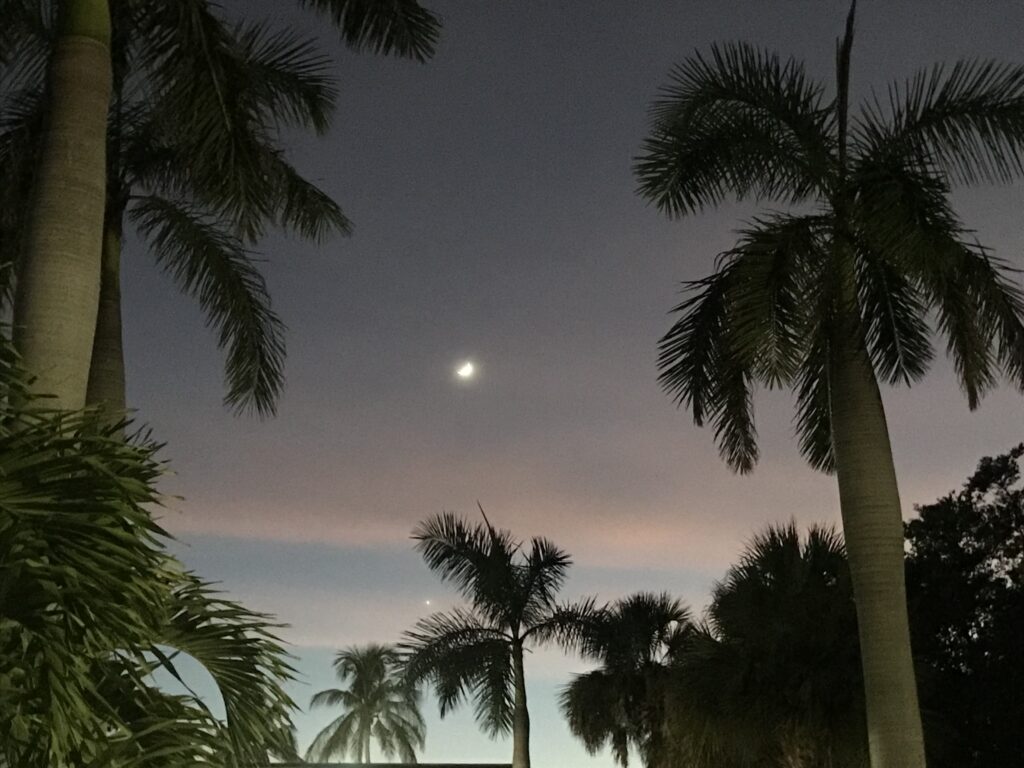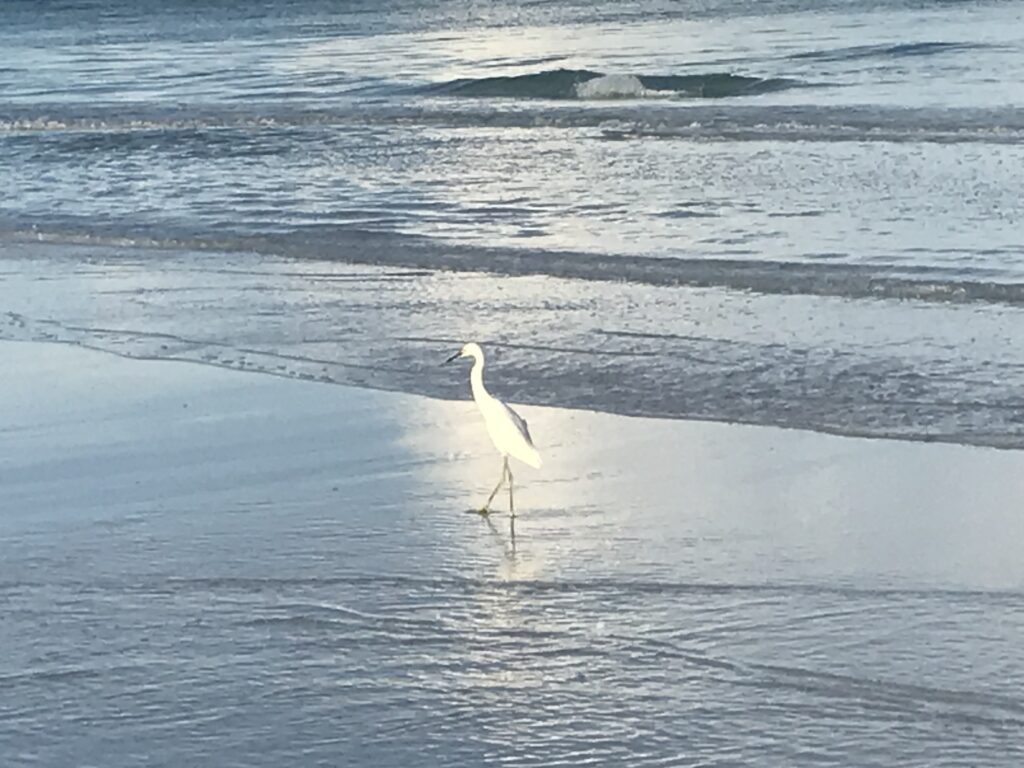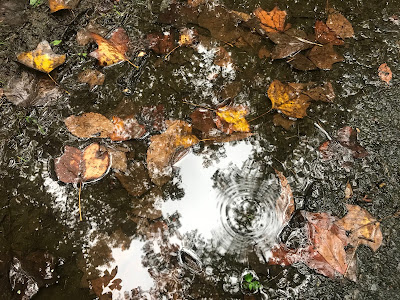Solstice Sunset

I was driving south as the sun set on the shortest day of the year, which meant I couldn’t ogle the sky as much as I would have liked. I certainly couldn’t take a picture. But I did see on my left a sunset of rare beauty.
Unlike the one above, snapped seven years ago in Williamsburg, this one was primarily yellow-orange in hue. Crepuscular rays radiated from the horizon like spotlights. The afterglow was warm and radiant. It took my mind off the biting wind we’d had all day, off the shortness of the day itself.
Winter offers spectacular sunsets. If I better understood meteorology, I would know the scientific reason for this. Instead, I see it as a form of compensation. Winter owes us this, I think. It takes our light and tests our mettle, but if we pay attention, it offers revelatory moments. Last night’s solstice sunset was one of those.
